Trio Diaghilev - Mario Totaro: Piano & Percussion Works (2018)
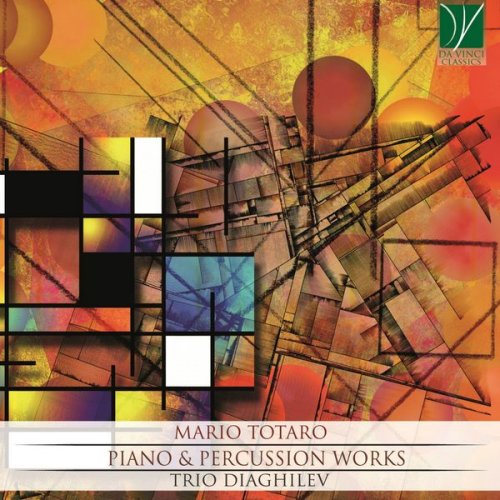
Artist: Mario Totaro, Daniela Ferrati, Ivan Gambini, Trio Diaghilev
Title: Mario Totaro: Piano & Percussion Works
Year Of Release: 2018
Label: Da Vinci Classics
Genre: Classical
Quality: FLAC (tracks)
Total Time: 1:02:15
Total Size: 204 MB
WebSite: Album Preview
Tracklist:Title: Mario Totaro: Piano & Percussion Works
Year Of Release: 2018
Label: Da Vinci Classics
Genre: Classical
Quality: FLAC (tracks)
Total Time: 1:02:15
Total Size: 204 MB
WebSite: Album Preview
1. Caprice fantastique: I. Ouverture (02:22)
2. Caprice fantastique: II. Romanza (03:04)
3. Caprice fantastique: III. Intermezzo I (01:31)
4. Caprice fantastique: IV. Tarantella (02:12)
5. Caprice fantastique: V. Mazurka (03:10)
6. Caprice fantastique: VI. Intermezzo II (02:15)
7. Caprice fantastique: VII. Danza cosacca (02:42)
8. Caprice fantastique: VIII. Valzer triste (03:15)
9. Caprice fantastique: IX. Intermezzo III (01:22)
10. Caprice fantastique: X. Rondeau (02:08)
11. Caprice fantastique: XI. Tango - Valzer viennese (03:26)
12. Caprice fantastique: XII. Intermezzo IV (01:33)
13. Caprice fantastique: XIII. Notturno (01:53)
14. Caprice fantastique: XIV. Finale - Galop (02:04)
15. Totantango (10:26)
16. Ex Oedipo Suite: I. Favola (02:50)
17. Ex Oedipo Suite: II. Predicatore (02:09)
18. Ex Oedipo Suite: III. Cartomante (02:44)
19. Ex Oedipo Suite: IV. Circense (02:00)
20. Ex Oedipo Suite: V. Poema del vento (06:29)
21. Ex Oedipo Suite: VI. Epilogo (02:30)
In 1918 the great impresario Sergej Diaghilev asked Ottorino Respighi to rework some pieces of Rossini drawn from Péchés de vieillesse. The pieces were to be used for his new ballet La boutique fantasque, performed by the mythical Ballets Russes in 1919. It was not the first time that Diaghilev commissioned reworkings of music of the past for his performances, nor would it be the last: in 1917 he entrusted Vincenzo Tommasini with the task of orchestrating some sonatas by Domenico Scarlatti for the ballet Le donne di buon umore, and in 1919 Stravinsky with the music of Pulcinella, based on pieces by G. B. Pergolesi and other 18th century Italian musicians. The recovery of “old” personal styles in the music of the 20th century was certainly not an invention of Diaghilev: it was an aesthetic approach that had existed for two decades, but it developed especially in the period between the two world wars and was called “Neoclassicism” (while the music based on pre-existing work was called musica al quadrato). Created mainly as reaction to late-Romantic excesses, Neoclassicism took on markedly different characteristics: in the simplest cases (as for example in Le donne di buon umore by Tommasini) the composer limited himself to arranging the original music, generally respecting the musical characteristics and thus reducing the split with the past to a minimum; in the more complex and interesting cases (such as Pulcinella by Stravinski) the dialectic between past and present was accentuated and the pre-existing pieces were “recomposed” in parody form, up to estrangement and ironic-grotesque distortion. Going back to La boutique fantasque, the choice of the enigmatic, impertinent and detached Rossini pieces of his later years might have led to extremely interesting outcomes. Rossini appears to us today not only as the most illustrious anti Romantic of the 19th century, but even as a “pre-Neoclassic” composer in his ironic, desecrating and irreverent parodies of Nineteenth century personal styles and “icons”. It should also be remembered that in the Petite Messe Solennelle he paves the way for the twentieth century recovery of a glorious past, linking Bach to Stravinsky. Respighi, however, was not able or did not want to rise to the occasion: his masterly, magnificent orchestration of Rossini’s originals is closer to Tchaikovsky and Rimski-Korsakov than to twentieth century music. Here the split and the dialectical confrontation between tradition and modernity was eliminated, to the point where not only La boutique fantasque can’t be considered a Neoclassical work, but it can even be considered as anti-Neoclassical! After nearly eighty years from these occurrences, Caprice fantasque picks up again on Rossini’s music reworked by Respighi, proposing it in the same order chosen by the latter but with a very different intent. The reference to Respighi and to musica al quadrato is only a pretext in order to propose a true musica al cubo. The object of the parody is not so much the Péchés de vieillesse (in turn already a parody), but rather the entire season of historic Neoclassicism. The operation is carried out as a detached and light intellectual game. In some cases one is dealing with arrangements that lead to distortion of various types and kinds, but where the original theme is recognisable to the ear (this is the case with the Overture, the Romanza, the Tarantella, the Danza Cosacca and the Rondeau). The most interesting cases within this group of pieces are perhaps those where the elaboration highlights characteristics already present in Rossini’s pieces by exaggerating the same (as it happens for example in the Romanza, where the originality of the initial melody is revealed by simply dismembering its constituent parts). Then there is a group of pieces where the transformations are more incisive and the elaborations freer, while the initial model still remains fairly identifiable. One could define them “variations à la manière de…” and they are pieces that make a greater use of musical quotations, deriving mainly from elements already present in Rossini (the quotations in Caprice Fantasque at times concealed and at times highlighted to the extreme, are numerous and embrace a-century-and-a-half of musical history). This is the case of the Intermezzo I, with its Beethovian references; it is the case of the Mazurka, where the reference is aboveall to Liszt’s Mephisto waltz (with an allusion to the romanza named Caro nome from Verdi’s Rigoletto); and lastly the case of the Valzer triste, where the change of mode (from major to minor) and tempo turn the character of the original upside down, enabling the insertion of new melodic lines, quotations from Beethoven and Chopin and an authentic coup de théâtre in the finale. The Tango-Valzer Viennese and the Finale-Galop are two separate cases. The first aims at the maximum diversification of the original elements, obtained through differentiated treatments that gradually make the themes more or less identifiable; the second opposingly aims at the maximum integration between two different pieces (the last two of the Respighi ballet) ultimately merging them into a single unit. Lastly the ultimate group comprises pieces that use Rossini’s material to create something new; here the recognisability of the original is totally lost and references to the twentieth century abound, even though direct quotations are not made. This is the case of Intermezzo II (that could be defined as “expressionist”); of the Intermezzo III (that tips the wink at a certain Bartók); of Intermezzo IV (that with its “mirror” construction alludes to certain Berg-like structures and at its center, even offers a dodecaphonic theme). And lastly the case of the Notturno, where self quotation and sonoric setting of symbolic meanings appear. The work exists in two versions: one for a piano duo and the other for piano and percussion. The latter was created thanks to the much-valued cooperation of Ivan Gambini, who made numerous timbric choices, as well as introducing the quotations present in the percussion part.

![Vintage Jazz Quartet - Four By Four: An Homage to the MJQ (2025) [DSD64] Vintage Jazz Quartet - Four By Four: An Homage to the MJQ (2025) [DSD64]](https://www.dibpic.com/uploads/posts/2025-11/1762579729_front.jpg)
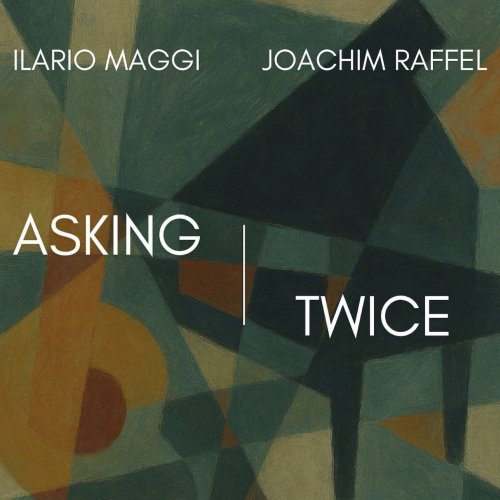
![James Newton Quartet - Live in Willisau Switzerland 1983 (Live) (2025) [Hi-Res] James Newton Quartet - Live in Willisau Switzerland 1983 (Live) (2025) [Hi-Res]](https://img.israbox.com/img/2025-11/08/89npv9nuxof1eojrn4rfwc596.jpg)
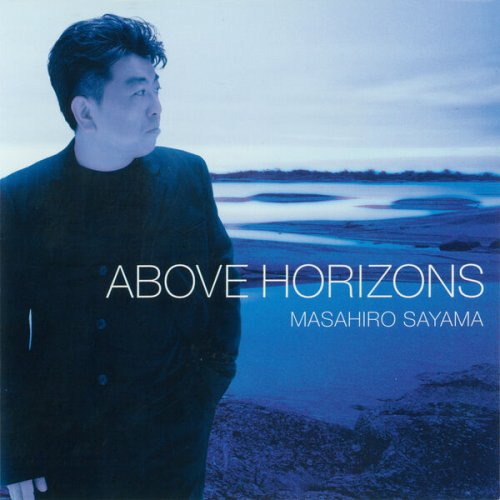
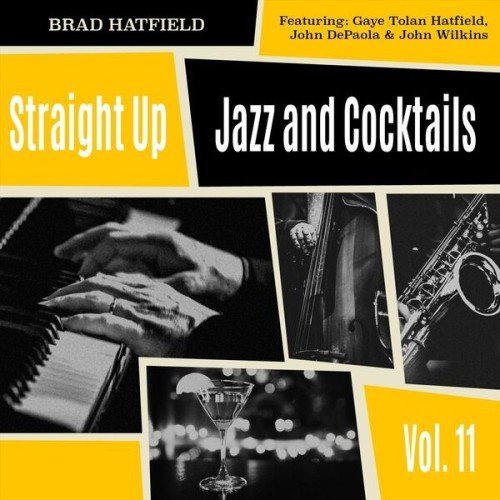
![James Suggs - For All We Know (2025) [Hi-Res] James Suggs - For All We Know (2025) [Hi-Res]](https://www.dibpic.com/uploads/posts/2025-11/1762482794_uxzg2smshvzbc_600.jpg)
![Dexter Gordon - More Than You Know (2025) [Hi-Res] Dexter Gordon - More Than You Know (2025) [Hi-Res]](https://www.dibpic.com/uploads/posts/2025-11/1762452633_cover.jpg)
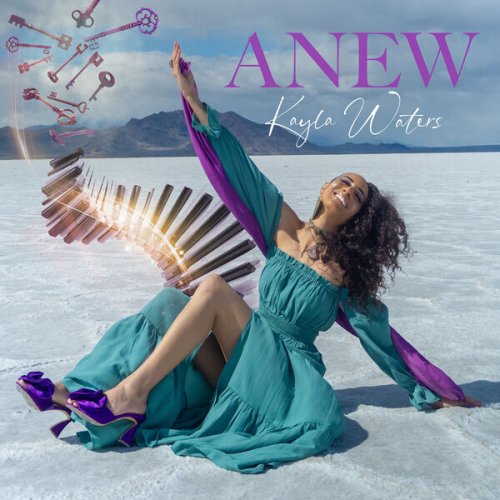
![Thomas Morgan - Around You Is A Forest (2025) [Hi-Res] Thomas Morgan - Around You Is A Forest (2025) [Hi-Res]](https://www.dibpic.com/uploads/posts/2025-11/1762504207_bnwf2mesxb35b_600.jpg)